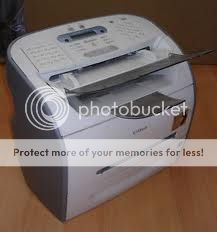dieter
Inspired
Yeah I know, it's a bit of a catchy headline
I don't even own one but I had a standard AXE-FX and I do own an Ultra and soon the AXE_FX II.
I don't even had a chance to play a KPA . I just love the fact that it does exist, because I'm pretty sure without the KPA there would'nt be a Firmware 6.0 with tone and amp matching features. I'm not saying that the Master himself didn't think about such things but the fact that Kemper came up with that feature certainly ramped up things a bit. And for that reason I love the KPA.
All IMHO of course.
I'm thrilled to get my hands on the AXE_FX II and the new Firmware.
Thank you very much Cliff
Cheers
Dieter
I don't even own one but I had a standard AXE-FX and I do own an Ultra and soon the AXE_FX II.
I don't even had a chance to play a KPA . I just love the fact that it does exist, because I'm pretty sure without the KPA there would'nt be a Firmware 6.0 with tone and amp matching features. I'm not saying that the Master himself didn't think about such things but the fact that Kemper came up with that feature certainly ramped up things a bit. And for that reason I love the KPA.
All IMHO of course.
I'm thrilled to get my hands on the AXE_FX II and the new Firmware.
Thank you very much Cliff
Cheers
Dieter


